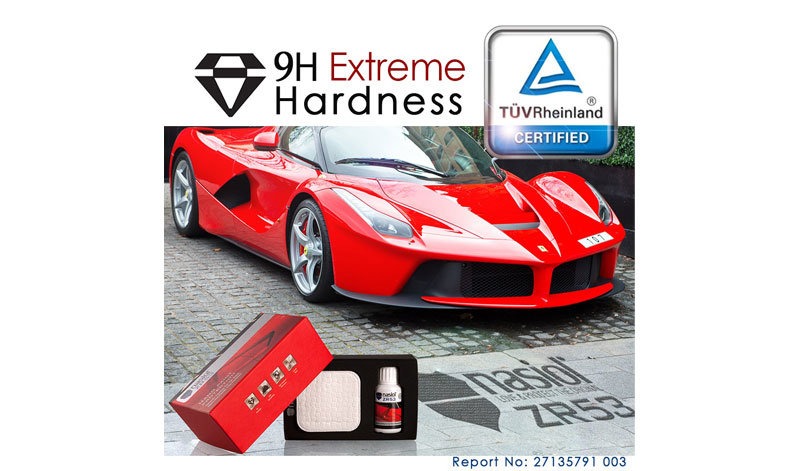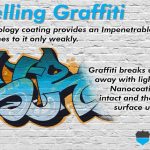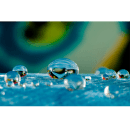Opening a new box of pencils and sliding out the first one between finger and thumb. The smell of cedar oil from the perfect painted hexagonal wood. The finely turned point of the graphite, filled with stories yet to be written. Does it feel like you’re holding the future and all its possibilities in your hand? Now take a clean sheet of crisp white paper. What will be created? A masterpiece or shopping list? It doesn’t matter. The sensation of being in the now looking forward to the future is the same. Then the page is filled with pencil marks, starting sharp and fine, becoming thicker, blunted, smudged. The paper creased and ingrained with black carbon as it records each movement. What was potential becoming patination, part of the past.
Scratches, marks tell a story whether pencil and paper, a well-loved toy or a classic car with it’s original paint and chrome covered in a spider web of swirling scratches and patina. In its own way precious and lovely, nostalgic and out of time. The future it is not. Only newness says come with me to tomorrow, where your hopes and ambitions wait to be made real. Is that the attraction of a new car, it’s promise of better things to come – of your ability to reach them? There’s no denying the excitement people feel about a new car, perhaps that’s part of the reason.
Keeping that newness as long as possible, keeping the marks away from the pristine surface of your car’s paint surprisingly brings us to the importance of the durability in nano-protection. Back to the invention of pencils, it was the lack of graphite in France during the Napoleonic wars that led to the invention of the pencils we use today where instead of pure graphite mined in England, the French kiln fired a mixture of graphite powder with clay. The resulting pencils were surprisingly good, and their hardness could be controlled by varying the amount of hardening clay. It’s the origin of the system we use today of grading pencils from very soft 9B to very hard 9H (with our favorite HB in the middle).
Those grades of pencil hardness proved very useful to materials scientists in defining the hardness of materials, judged by which pencil would scratch their surface. Aluminum oxide, also known as corundum or sapphire is extremely hard with a Mohs Scale value of 9H. It is used to make abrasives and ultra-hard scratch resistant glass for applications such as mobile phone camera lenses. 9H is also the hardness of tungsten carbide drill bits. It won’t surprise you to know that car paint – especially today’s paint – is much softer than this, with a hardness averaging 4H, the same as steel. Would your paint or a sheet of steel resist scratching from a sapphire, abrasive paper or a drill bit dragged along its surface?
What if you could in one easy application, protect your car’s newness with a coating as hard and resilient as sapphire? A coating that will last up to 3 years? Nasiol ZR53 is that coating, its 9H hardness keeps your car’s paint like a new sheet of paper, filled only with the excitement of future possibilities.



Leave a Reply